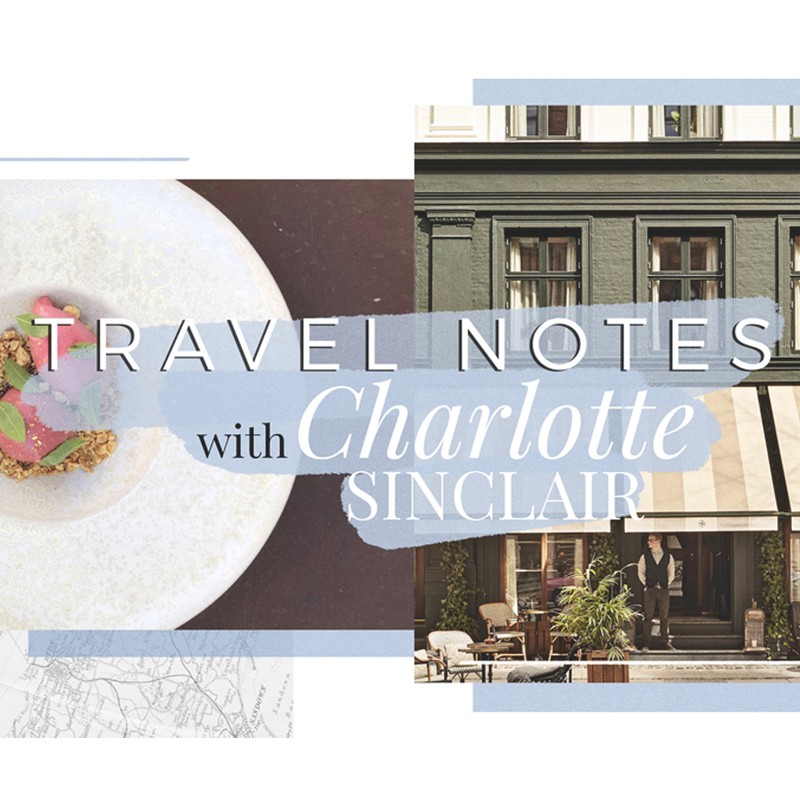How To Do Copenhagen Like An Insider
Can a city have a dress code? In Copenhagen, a city of cool, clear, northern European light, its bicycle-borne and blonde inhabitants are uniformly outfitted in shades of grey, navy, white, mustard, dark green and blue, as if everyone is willingly conspiring to match Denmark’s famously pared back interior style. If that makes the place sound rigid, it’s not. It is an absurdly feel-good, good-going, good-looking city, (did I mention everyone speaks perfect English?), from the primary-coloured houses alongside Nyhavn’s 17th-century waterfront, to the twinkling lights of the funfair in Tivoli Gardens, to the inhabitants themselves, the Viking men in beards and leather boots and the girls in (grey, navy or black) Acne cardigans that reach the knees of their skinny jeans.
I lived in Sweden a few years ago, just across the Oresund bridge from Copenhagen – the structure which links Sweden and Denmark and inspired the Scandi Noir series, The Bridge, which I thought of every time I crossed it by train. I visited Copenhagen every few weeks, walking past Amelienborg Palace, the winter home of the Danish royal family, over the canal to the quayside where Noma launched the New Nordic food movement – before closing down and popping up in new premises in Christiania – to Christiania itself, the alternative society that is an autonomous state (complete with kindergartens and thriving businesses) independent of the Danish government. Before a police crackdown, marijuana was sold openly from camouflaged huts along the area’s main thoroughfares.
On one visit in early autumn, I watched people playing tennis on the smart courts abutting Christiania, while the pungent smell of marijuana floated over the players – and everything else, come to think of it. There was a holiday feeling in the sunshine, and the smell of barbecued meat intermingled with the smell of weed. Teenagers strummed guitars; there were tourists, grannies and children milling about. It was, at once, a peculiarly Danish demonstration of its liberal values and completely bonkers.
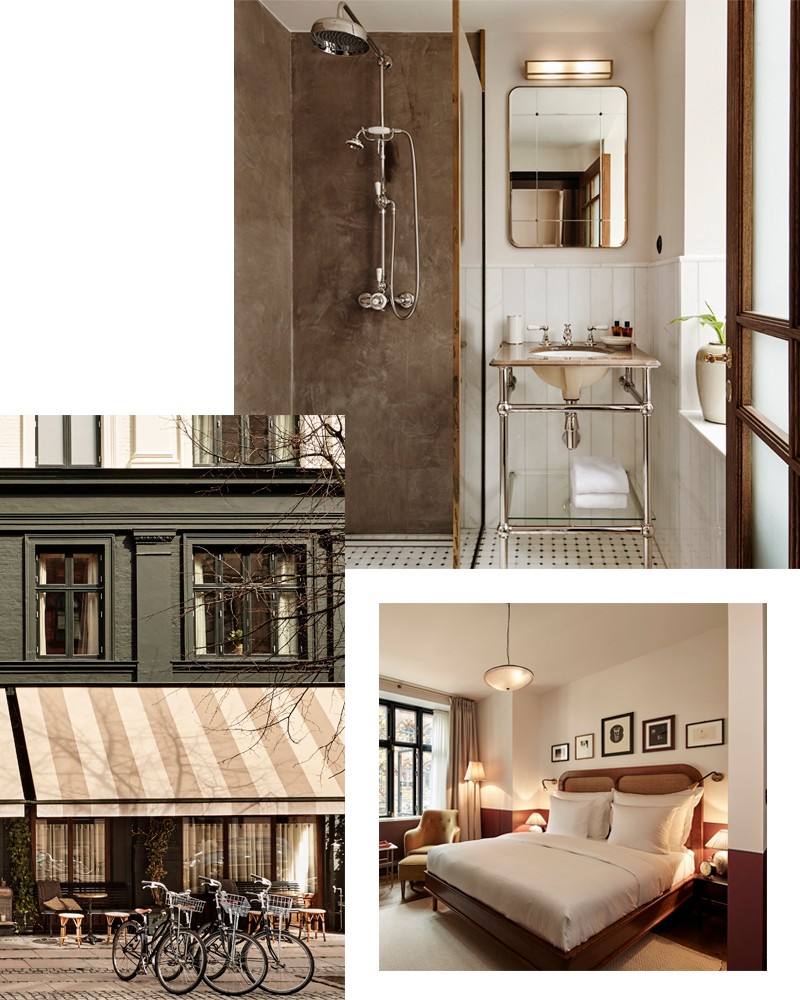
Mostly during my visits to the city, I was on the hunt for food, (I was in my first trimester of pregnancy, and hungry). The food scene in Copenhagen, especially in the Meatpacking district, and Vesterbro, (the district west of the train station), was at the time very much in thrall to Noma, and every restaurant seemed to feature a menu detailing the pickling, preserving and foraging that went on in its dishes. Which wasn’t to say they weren’t delicious, but some wore their New Nordic influence more lightly than others. My favourites included Atelier September for lunches of open sandwiches on rye bread in the company of fantastically attractive Danes, and Pony for a menu that was no less authentic in its devotion to locavore ingredients – venison tartare, or the lightest lemon sole - but was way more relaxed in its delivery. Nearby to Pony is a bar called Lidkoeb, one of the best in the city, all leather banquettes and sheepskin throws and perfect whisky cocktails that is definitely worth seeking out.
Danish design is an essential component in Copenhagen’s appeal; a minimalist but comfortable style that’s instantly recognizable, from the hushed quietude of the 19th-century rooms painted by Vilhelm Hammershoi, to the mid-century design icons Hans Wegner, Arne Jacobsen, Finn Juhl, Borge Mogensen and Verner Paton. Perhaps it’s the cold, clear light that is sharp as a lens, and all those endless winters, forcing creativity indoors – but then, Scotland is also cold and bright and wintry and has not produced half as many talents.

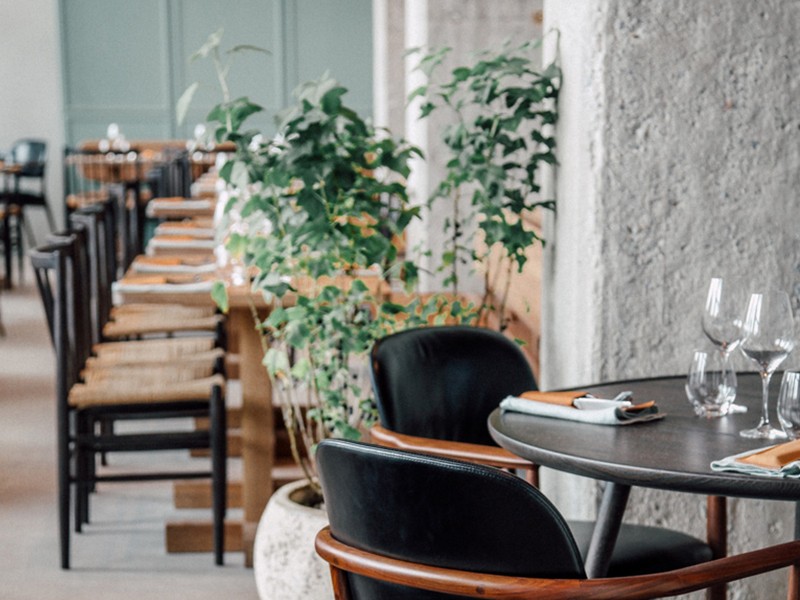
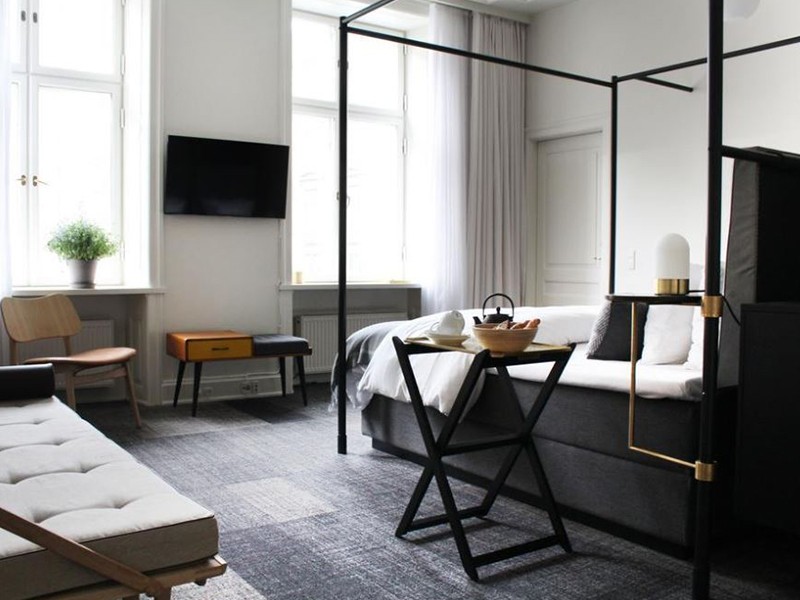
Danish design is an essential component in Copenhagen’s appeal; a minimalist but comfortable style that’s instantly recognizable, from the hushed quietude of the 19th-century rooms painted by Vilhelm Hammershoi, to the mid-century design icons Hans Wegner, Arne Jacobsen, Finn Juhl, Borge Mogensen and Verner Paton. Perhaps it’s the cold, clear light that is sharp as a lens, and all those endless winters, forcing creativity indoors – but then, Scotland is also cold and bright and wintry and has not produced half as many talents.
Of late, hygge has captured the imagination. The Danish practice of cosiness that is a reflection of the national interest in creating simple, functional, beautiful places to live and rest is present in every city coffee shop and restaurant. (In summer, Copenhagen is all about renting boats on the canal and carousing under the midnight sun. But for me Copenhagen is a winter city, a place of church bells and iron railings around neat garden squares, red brick buildings and leaves crunching underfoot, low sun falling through bare branches: the very definition of a squirrel-away-into-a-fireside-nook-on-a-cold-afternoon spot.)
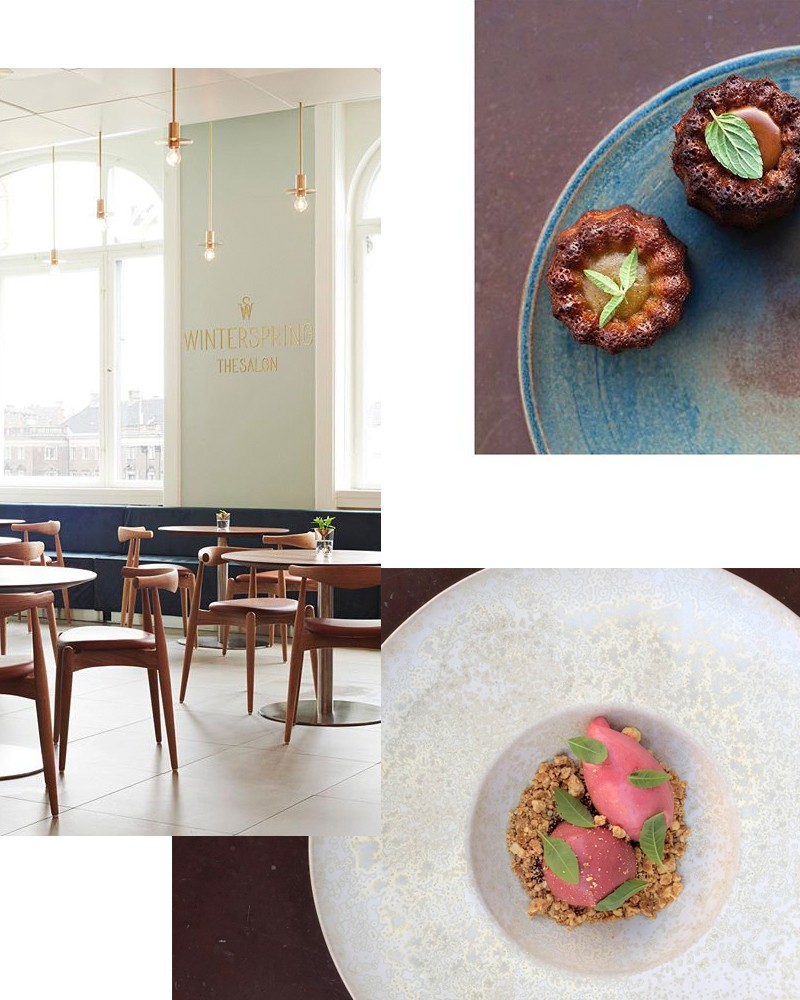
For your design initiation, start at Hay House for inviting, contemporary Scandi style. Seek out the room devoted to accessories (think Danish Muji): pencil cases, cushions, water jugs, tea towels, and filing boxes. Modern Danish design is as much about charm and storytelling and I particularly love the little bearded elves I bought at Christmas in the department store Illums Bolighus. You can find an outpost of the store in Tivoli gardens, amongst the fairground rides and rollercoasters, where there are wooden huts selling unbelievably chic Danish interior brands such as House Doctor and Normann Copenhagen.
Do drop by The Apartment, a very original showcase for Scandinavian art and antiques in a homelike environment, featuring colourful flatweave rugs, Josef Frank daybeds and Ilse Crawford benches – even better, you can overnight there. There might be no better way to embed oneself into the Danish lifestyle. After all, design, like Copenhagen itself, is as much about feeling as substance: which is perhaps the best way to understand a city.
Five places to eat and drink:
- Café Atelier September, Gothersgade 30, 1123 Copenhagen, Denmark; CafeAtelierSeptember.Com
- Pony, Vesterbrogade 135, 1620 Copenhagen, Denmark; + 45 3322 1000; PonyKBH.Dk
- Lidkoeb, Vesterbrogade 72B, 1620 København, Denmark; +45 33 11 20 10; Lidkoeb.Dk
- Winter Spring Desserts, Strandstræde 16 1255 Copenhagen, Denmark; + 45 30 47 77 88; WinterSpringDesserts.Com
- 108, Strandgade 108, DK-1401, Copenhagen, Denmark; +45 32 96 32 92; 108.Dk
Five places to stay:
- Hotel d’Angleterre, Kongens Nytorv 34, 1050 København, Denmark; +45 33 12 00 95; Dangleterre.Com
- Hotel Sanders, Tordenskjoldsgade 15, 1055 Copenhagen, Denmark; +45 4640 0040; HotelSanders.Com
- Hotel Danmark, Vester Voldgade 89, 1552 Copenhagen, Denmark; +45 3311 4806; Brochner-Hotels.Com
- Nobis Hotel, Niels Brocks Gade 1, 1574 Copenhagen, Denmark; +800 3746 8357; NobisHotel.Dk
Since going freelance, ex-Vogue and Harper’s Bazaar staffer Charlotte Sinclair has written for the FT, Conde Nast Traveller, Departures and How to Spend It. In between assignments she has also written two design books. You can find her posting on location at her instagram: @charlottesincs
DISCLAIMER: We endeavour to always credit the correct original source of every image we use. If you think a credit may be incorrect, please contact us at info@sheerluxe.com.
